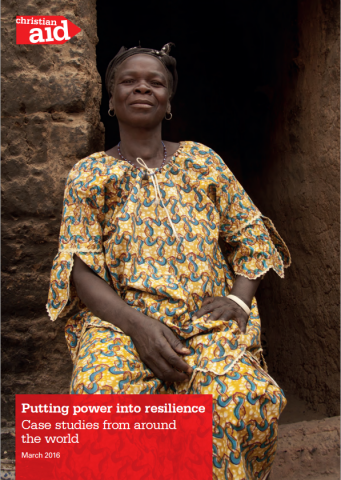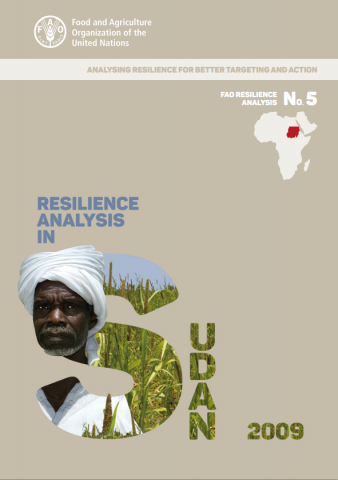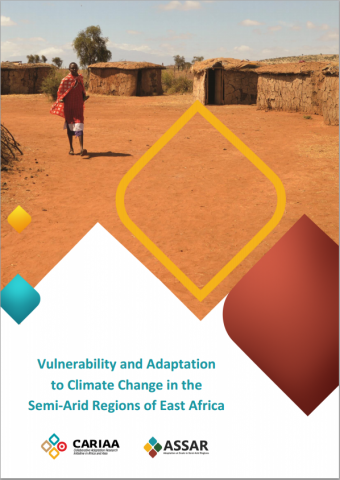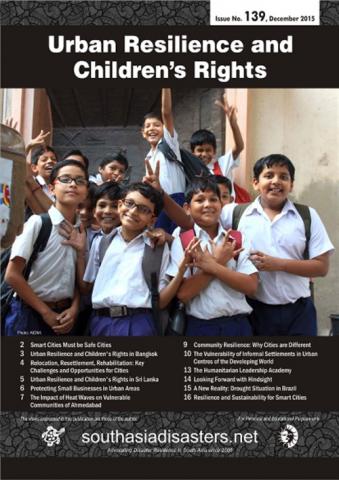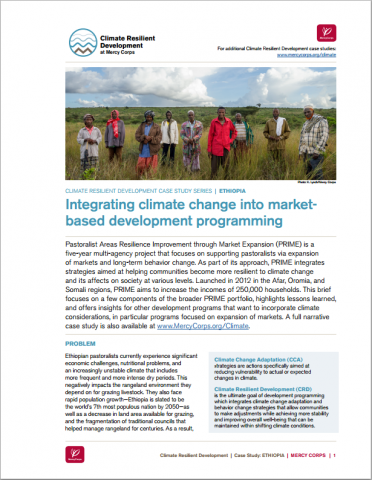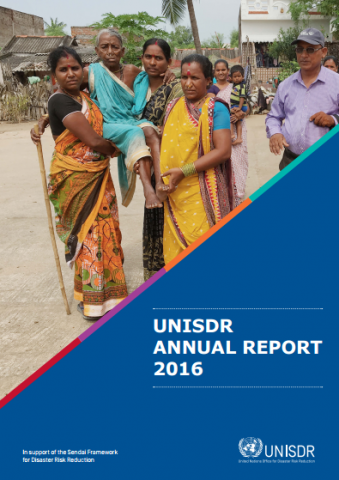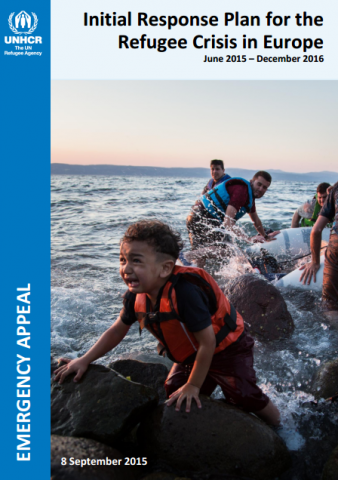Putting Power into Resilience: Case Studies from around the World
This report presents nine case studies that illustrate the principles of Christian Aid’s Resilience Framework, and put the risks and opportunities it addresses into context. The first three case studies demonstrate the principles of the Resilience Framework. Community-led participatory vulnerability and capacity assessments (PVCAs) is exemplified by initiatives to facilitate inclusive decision making in Burkina […]
Putting Power into Resilience: Case Studies from around the World Read More »

